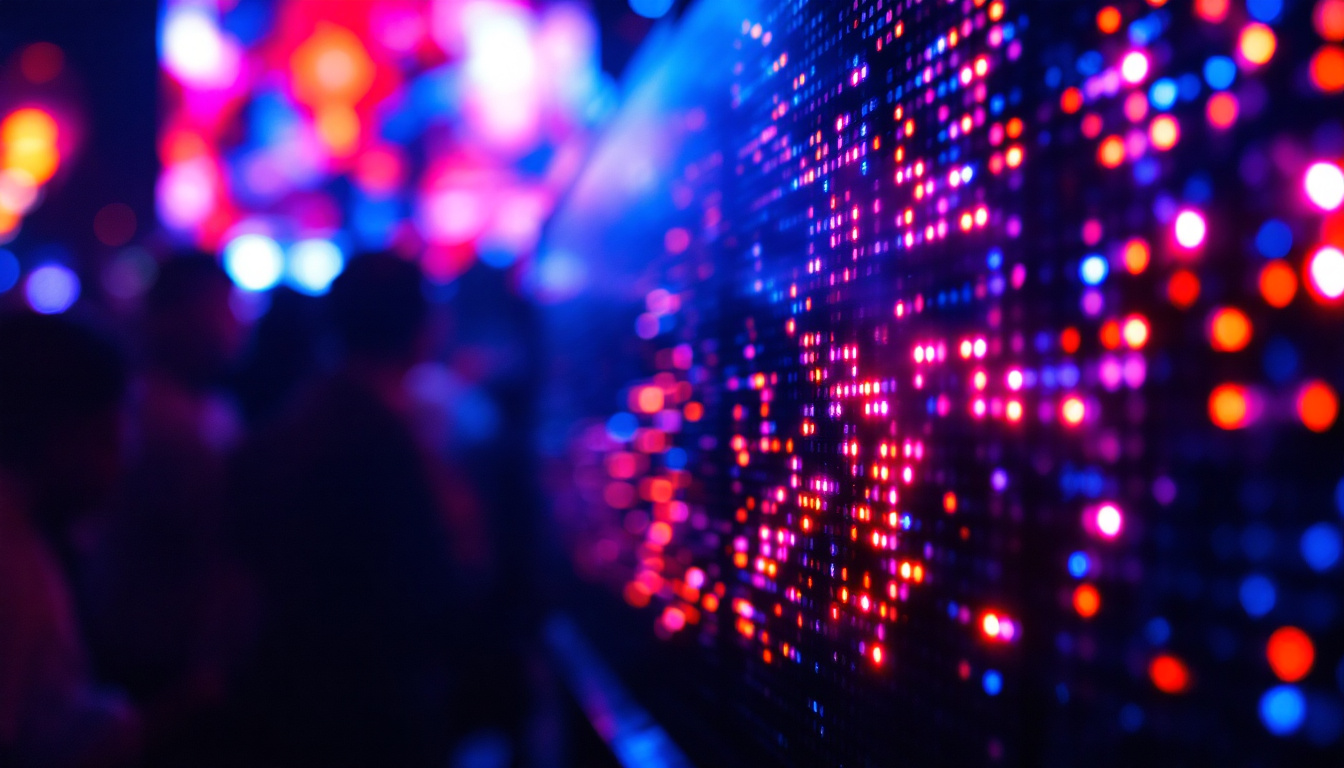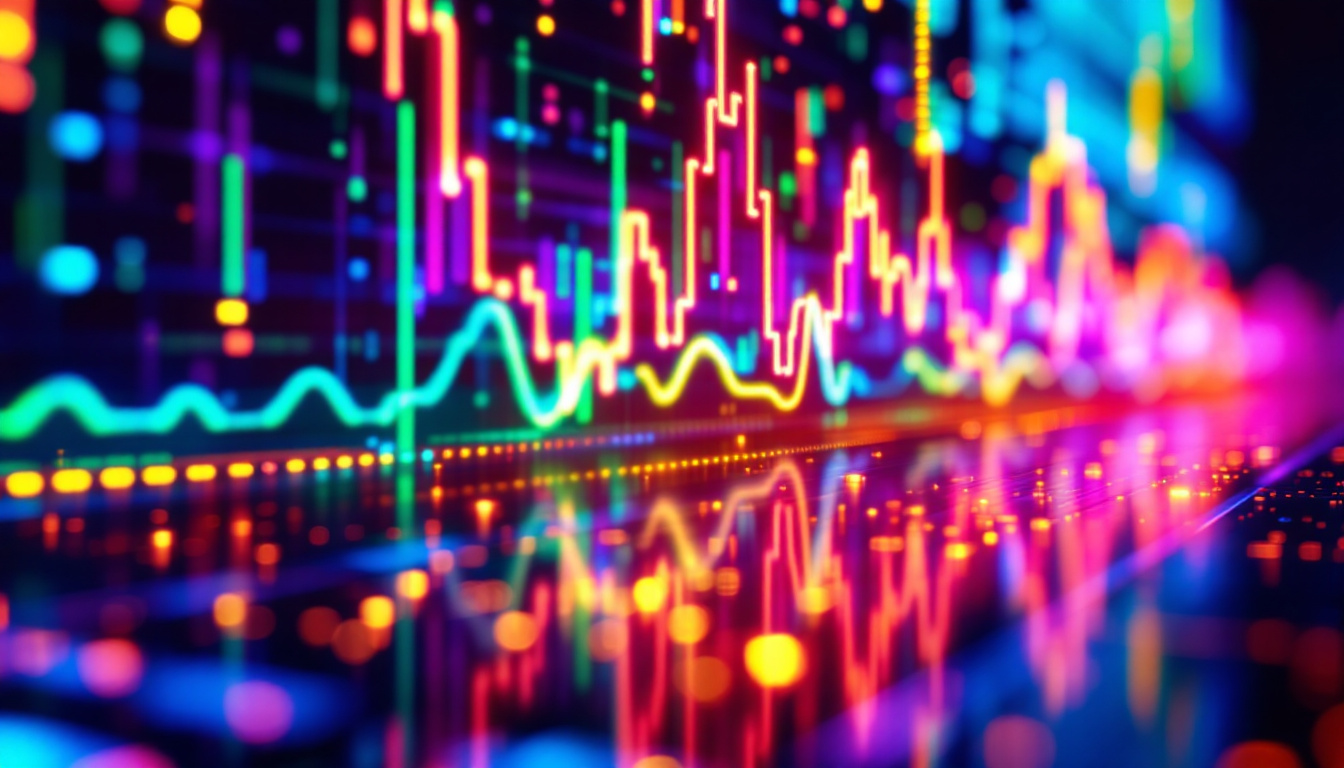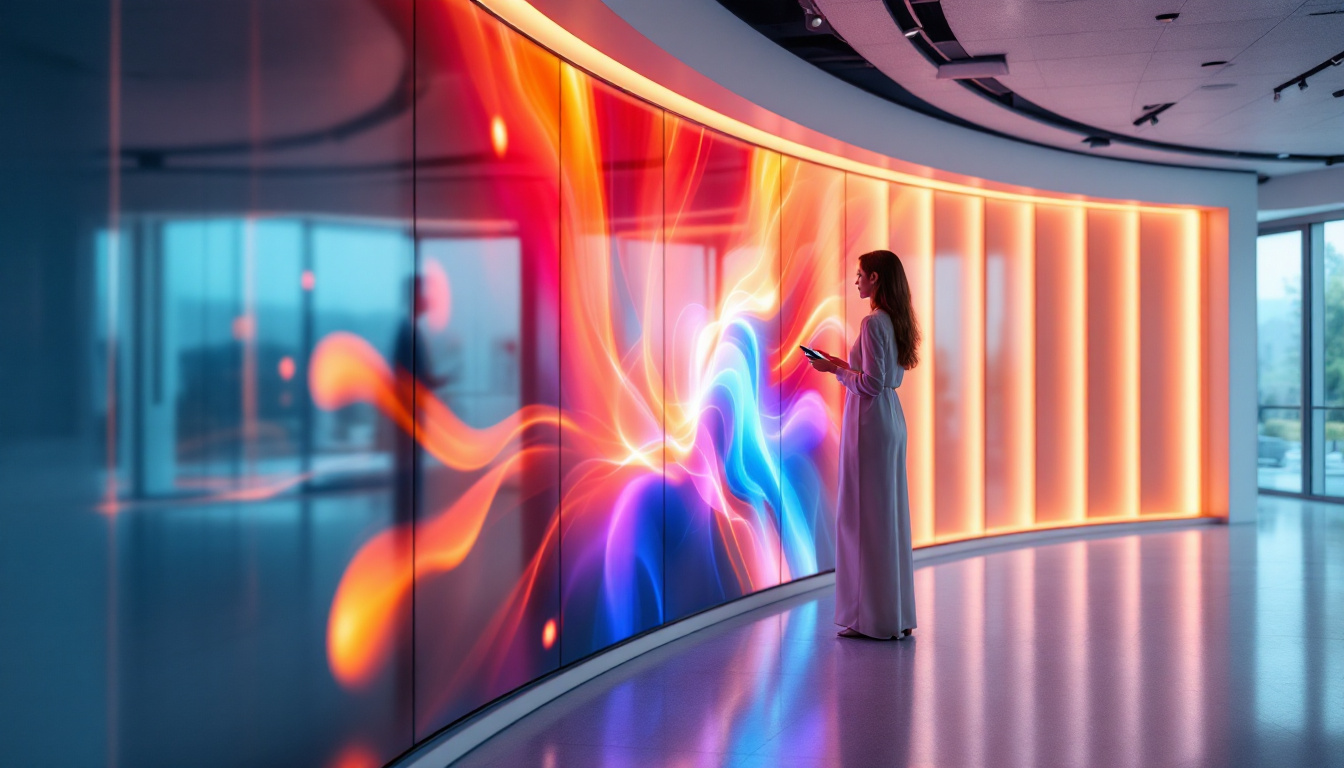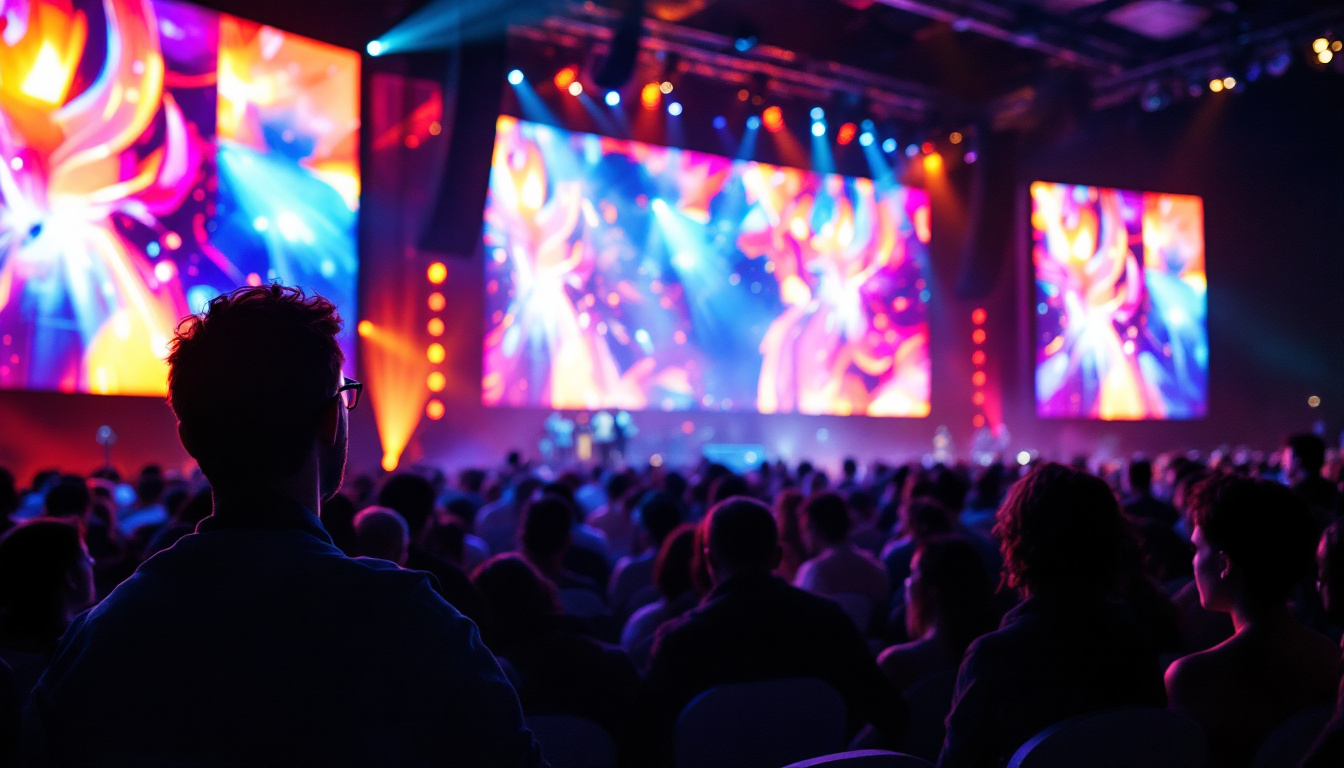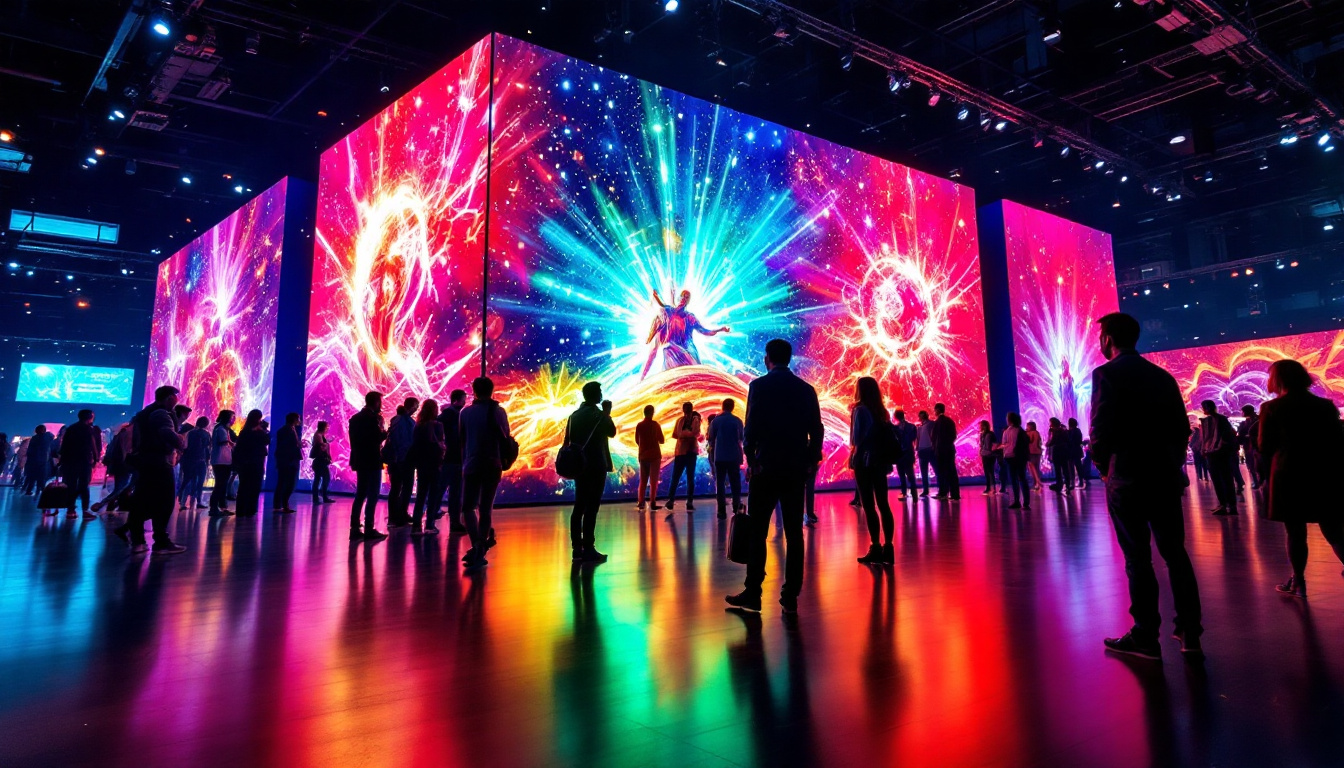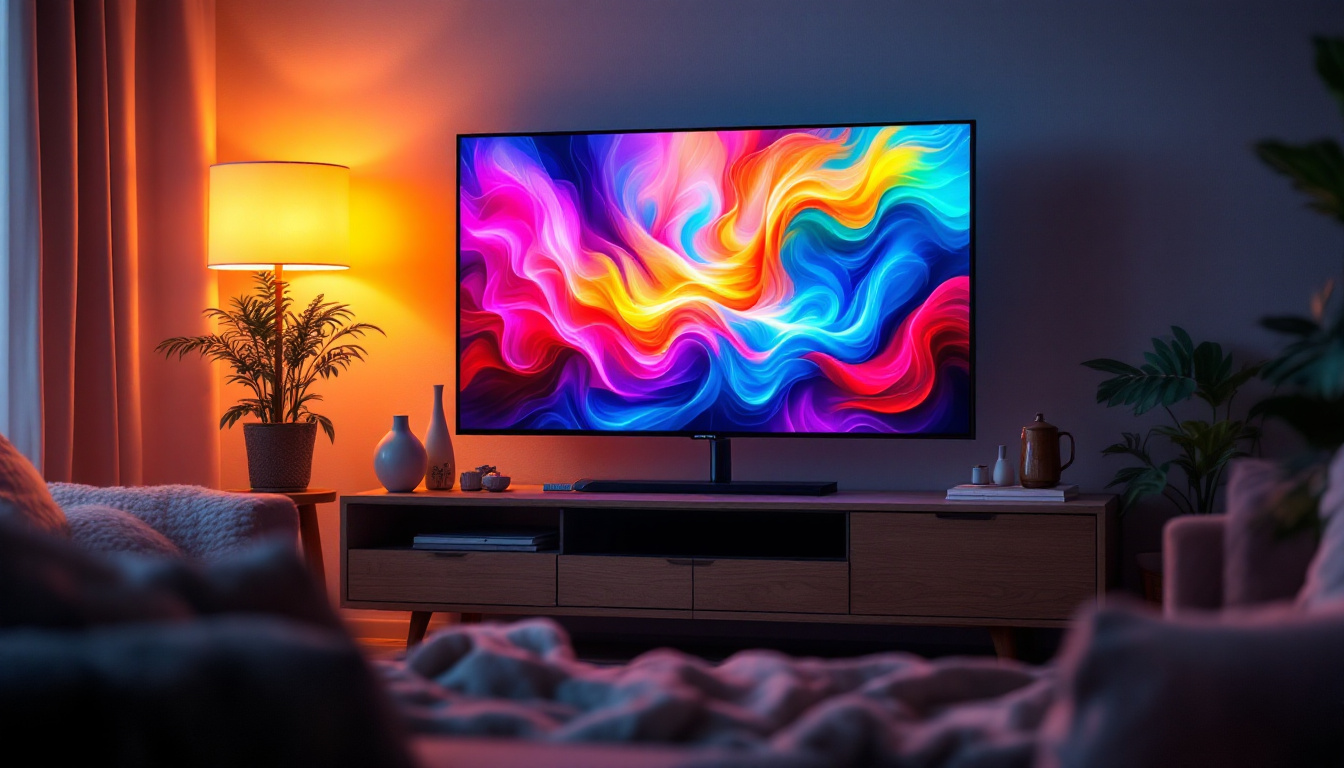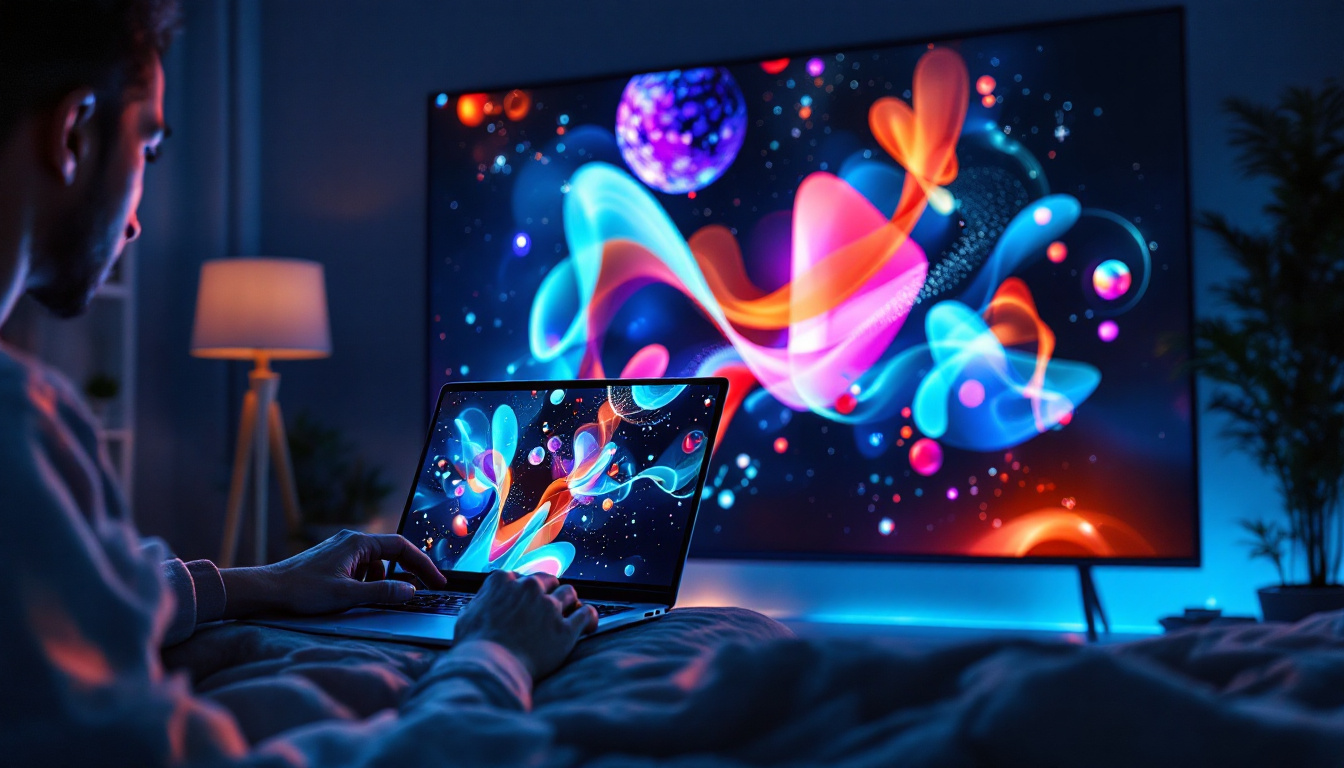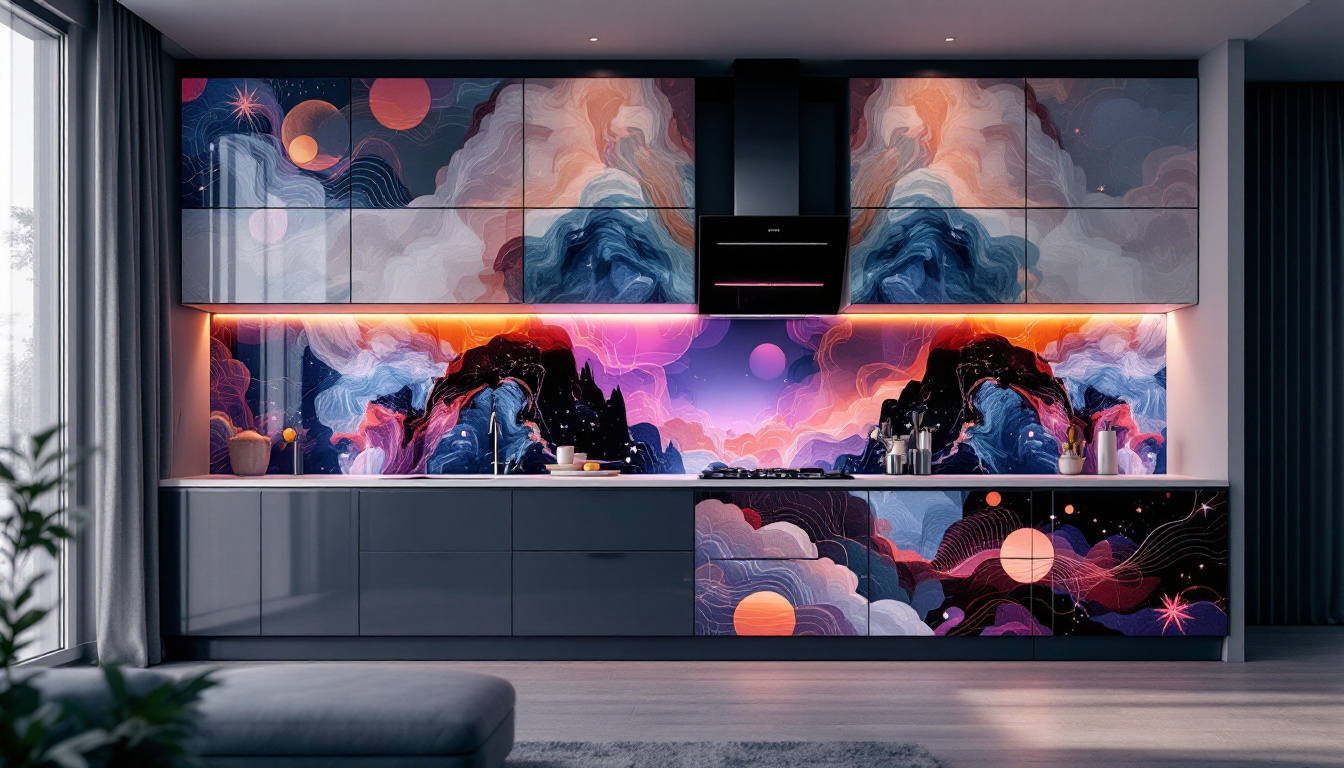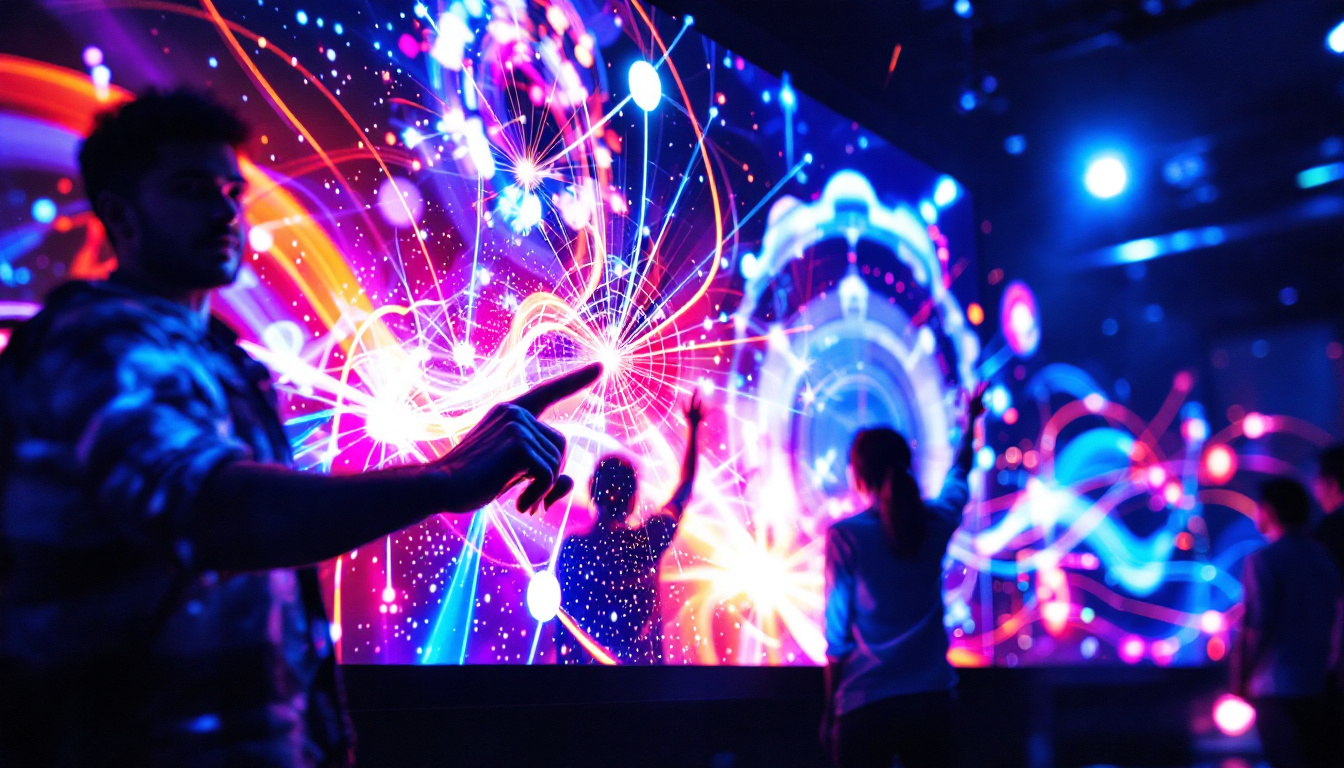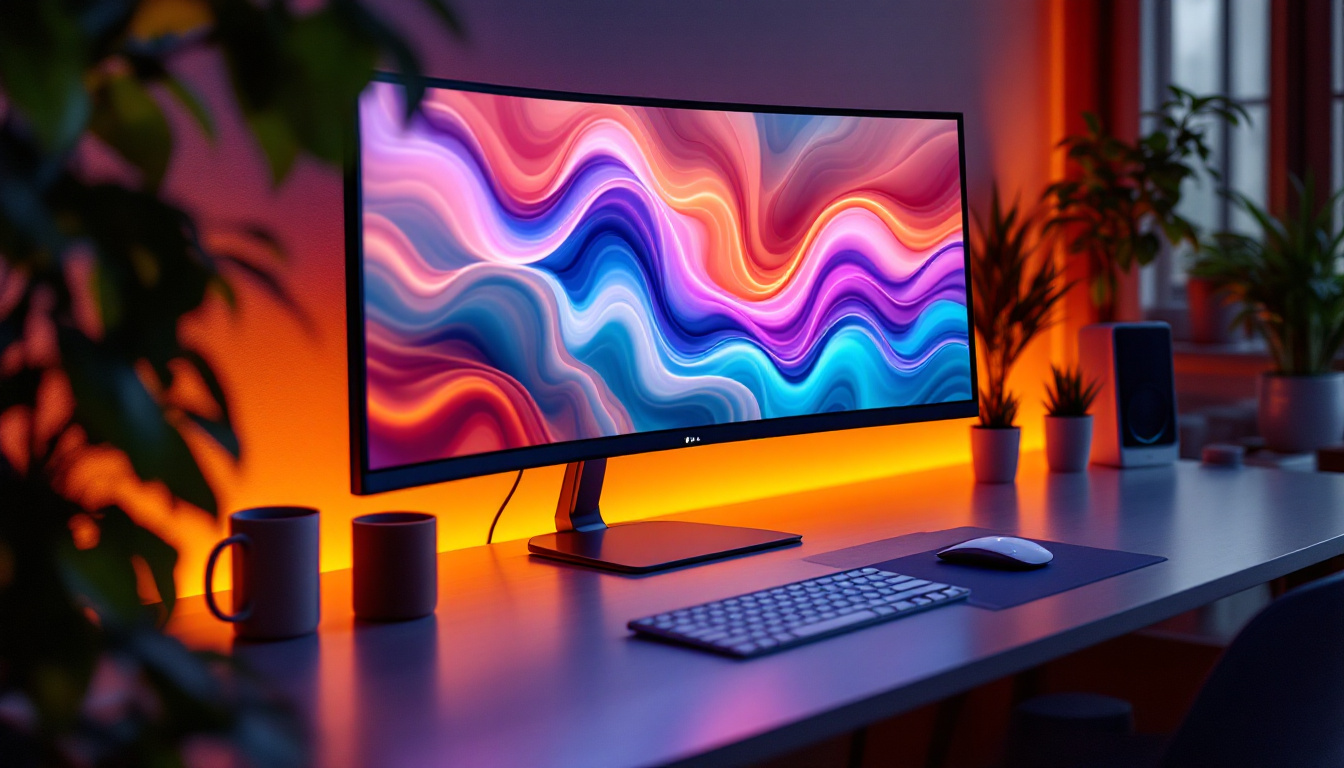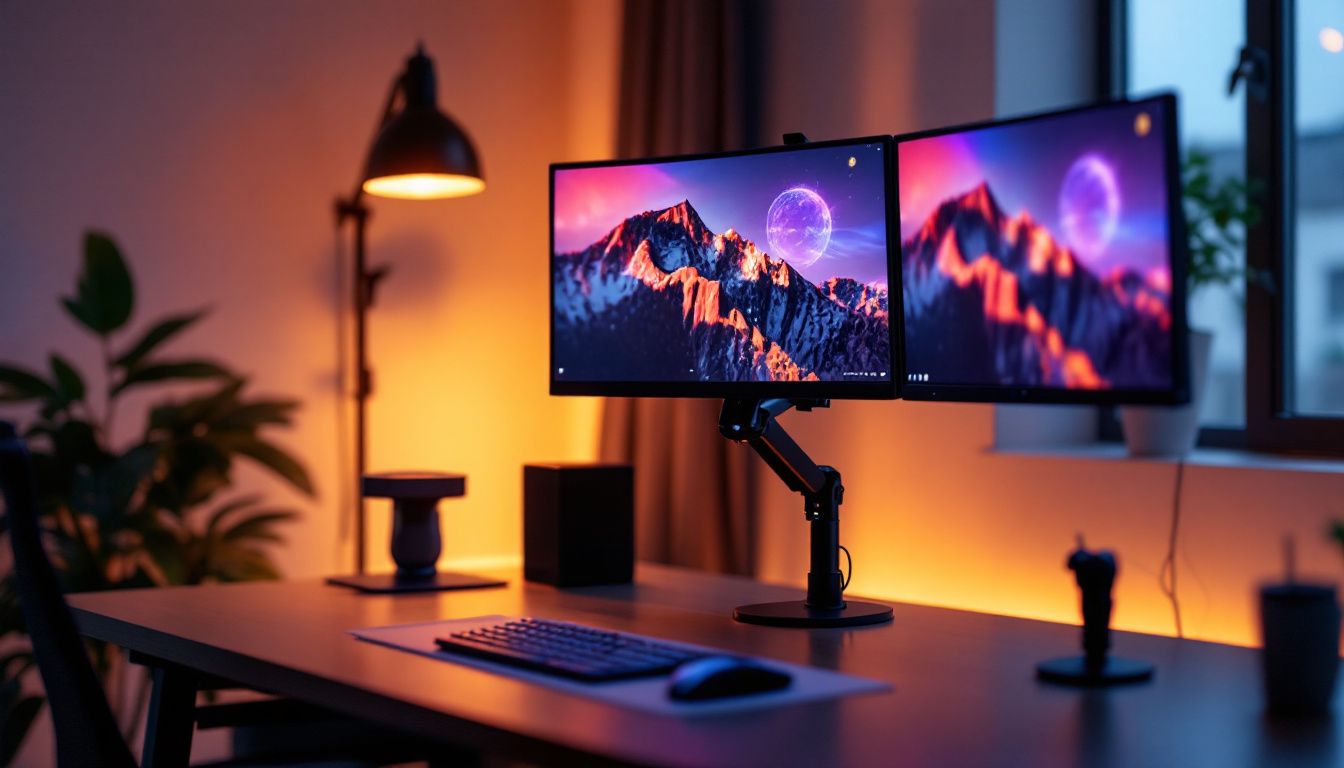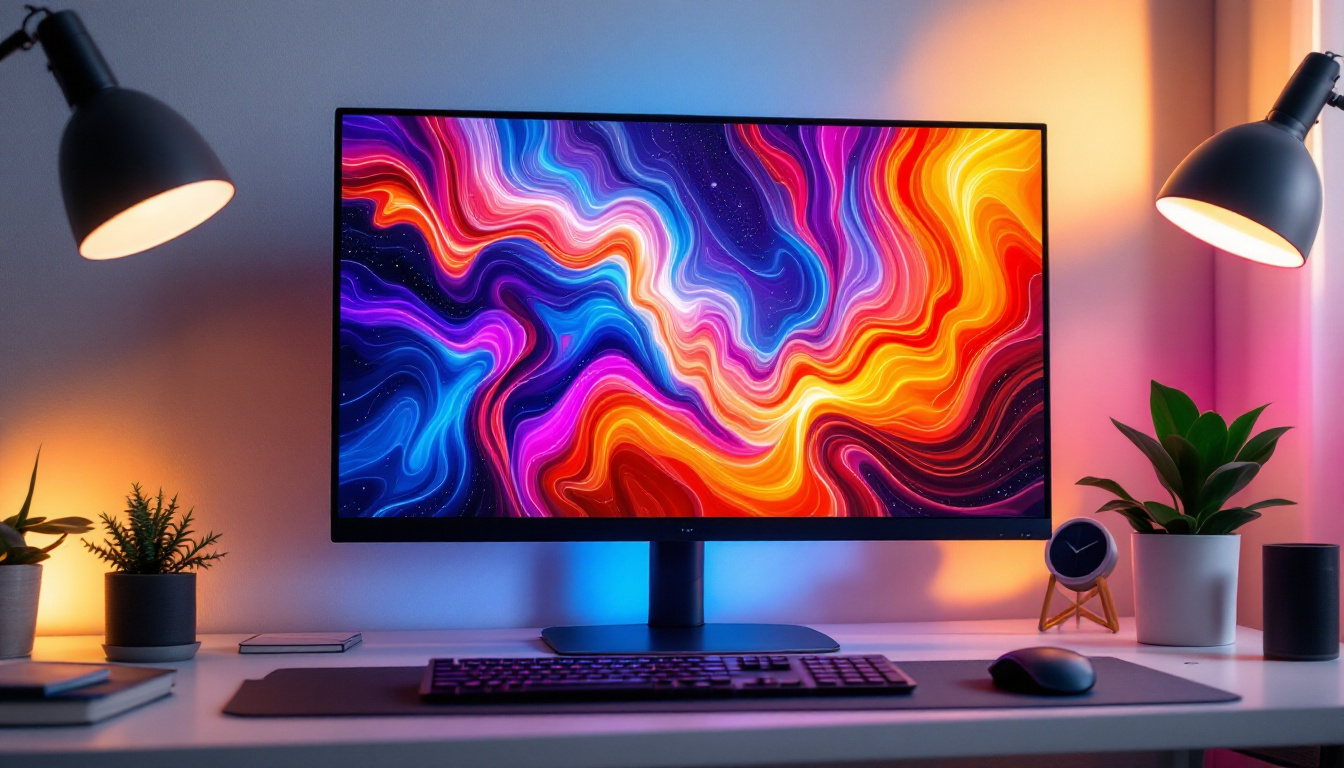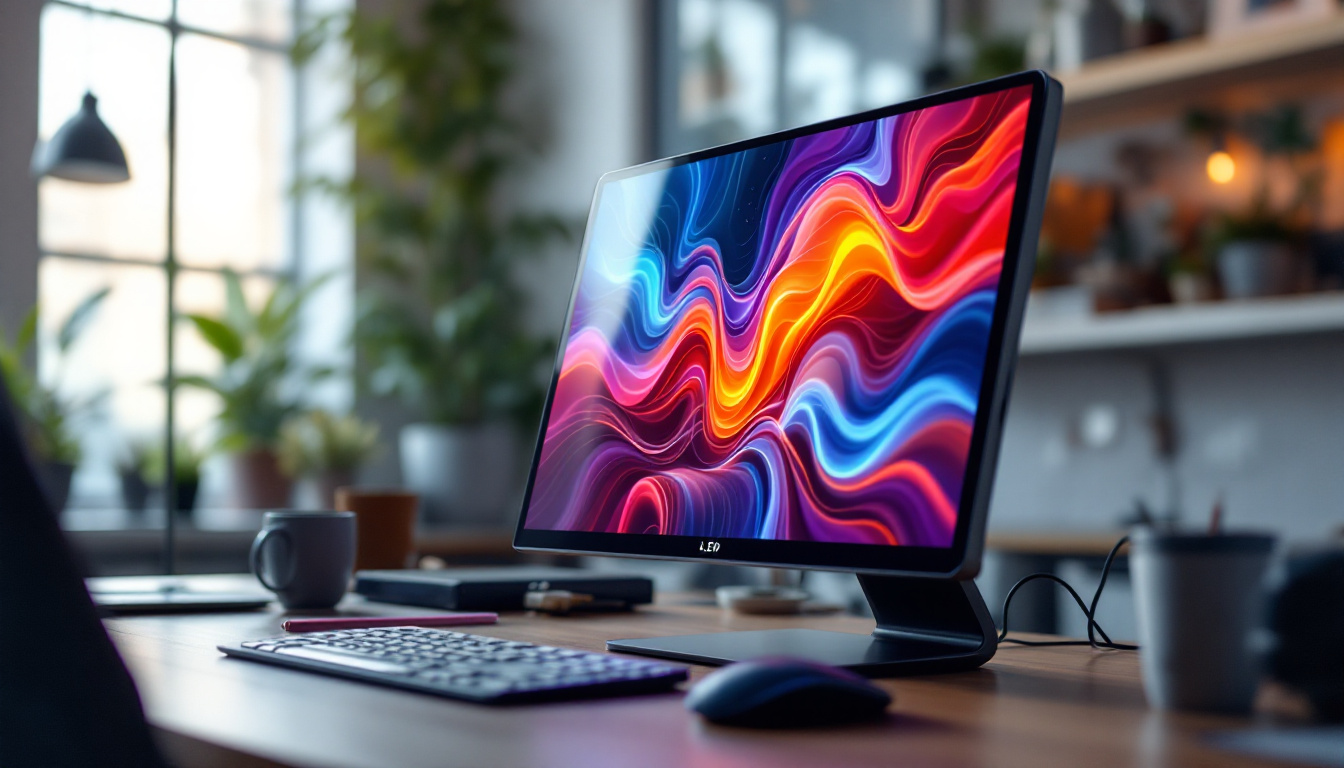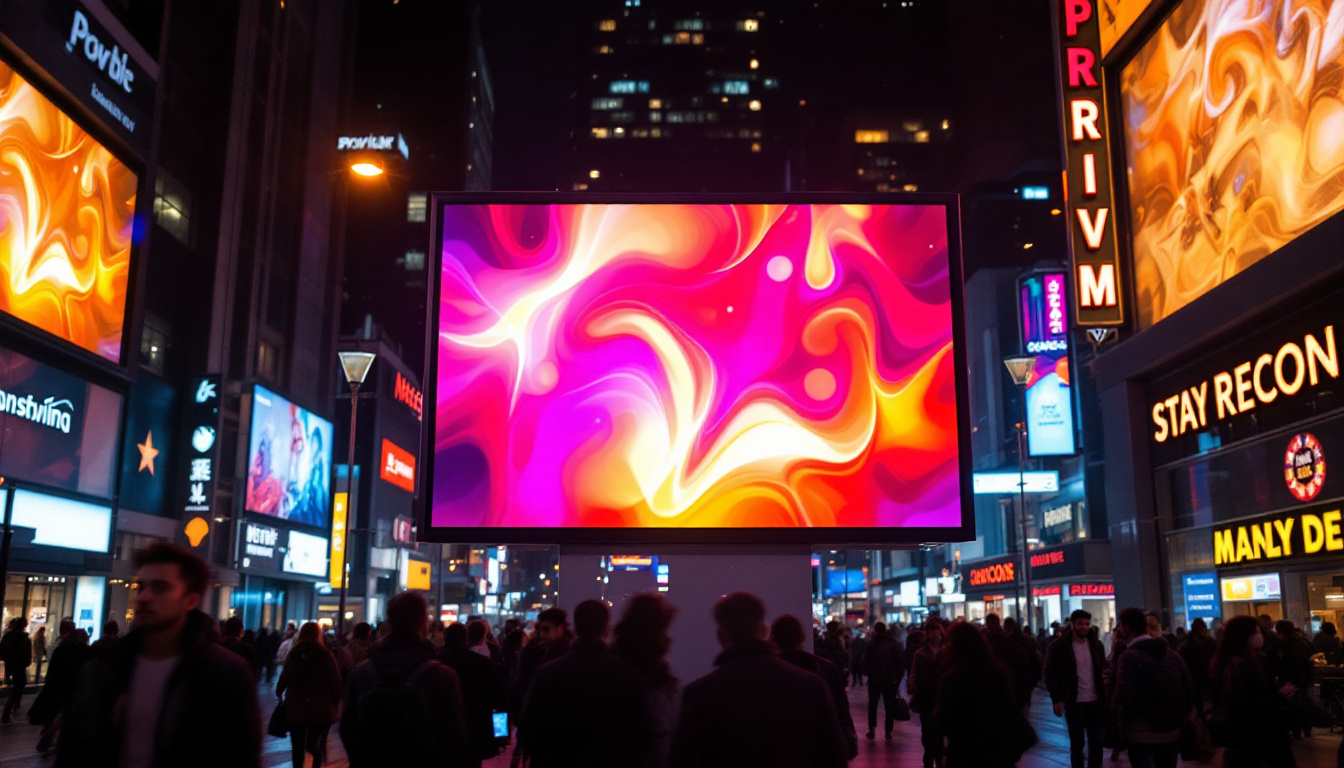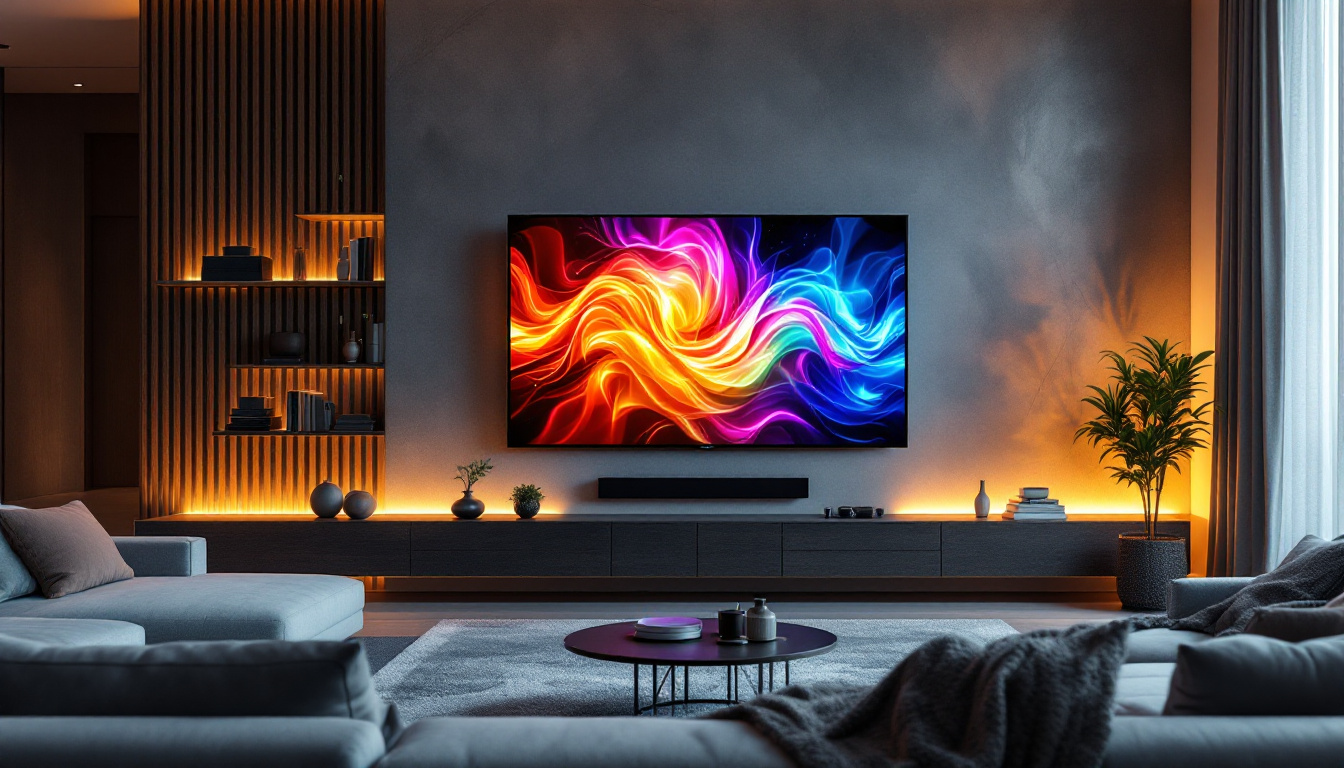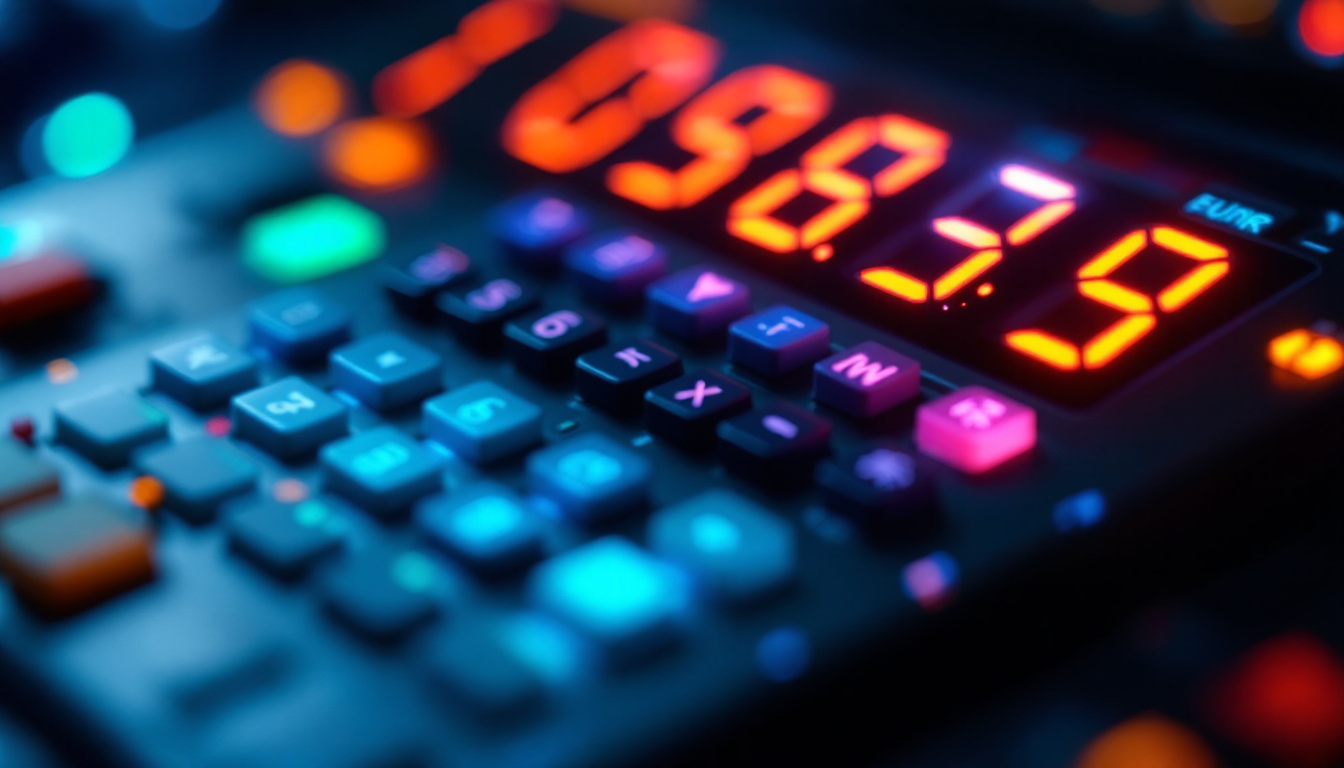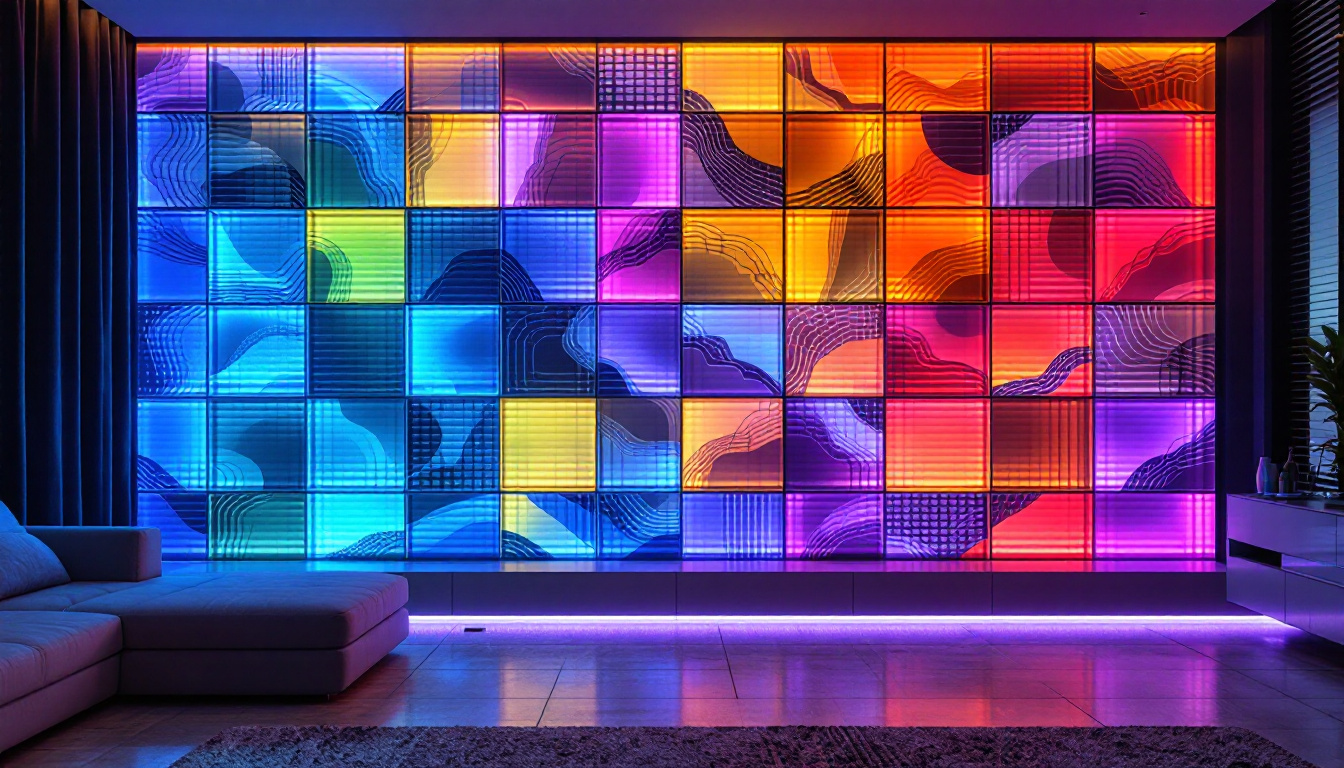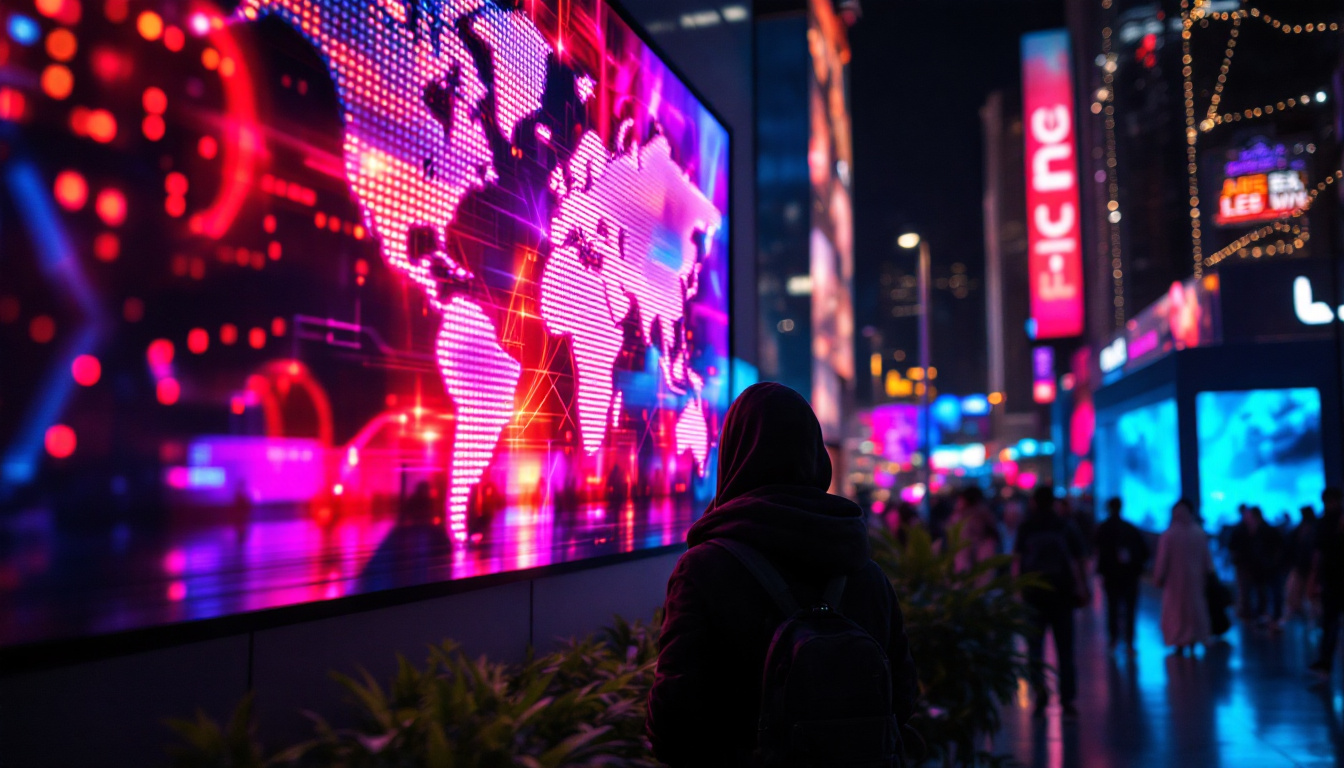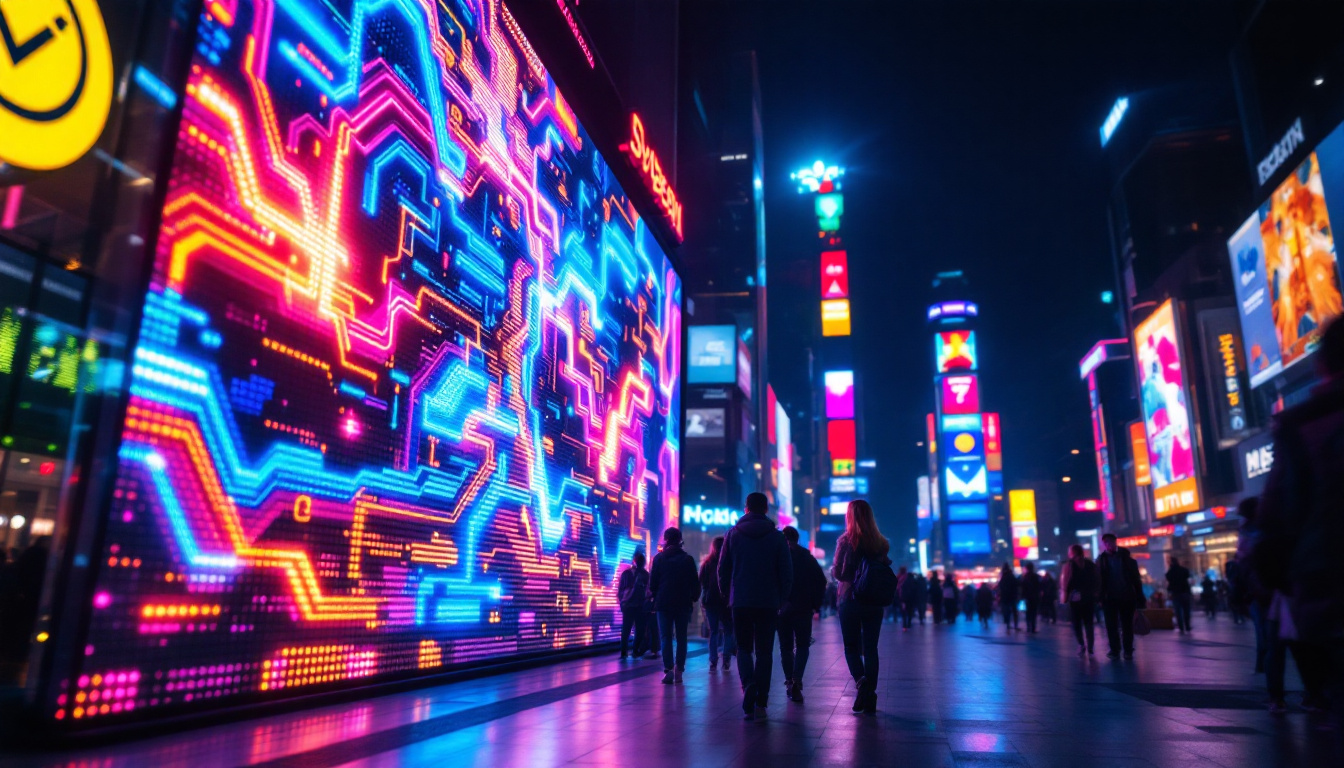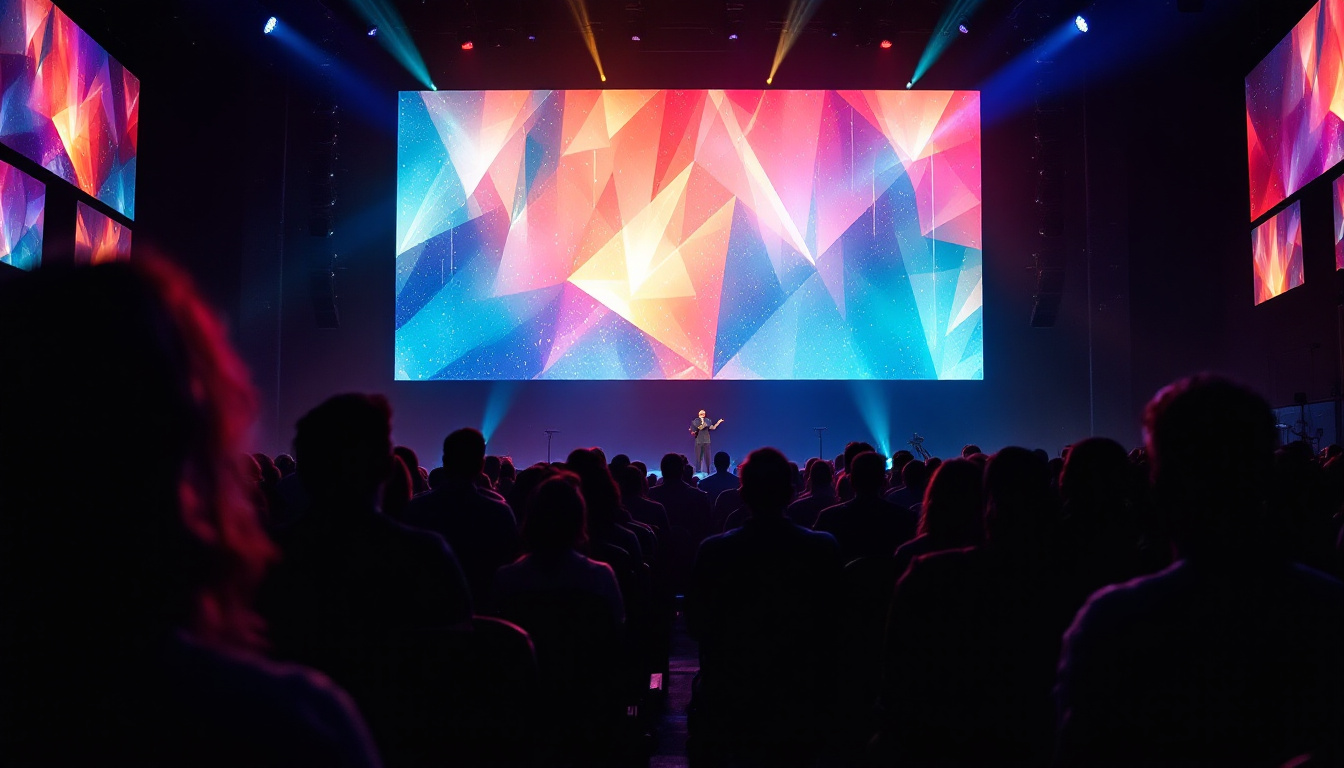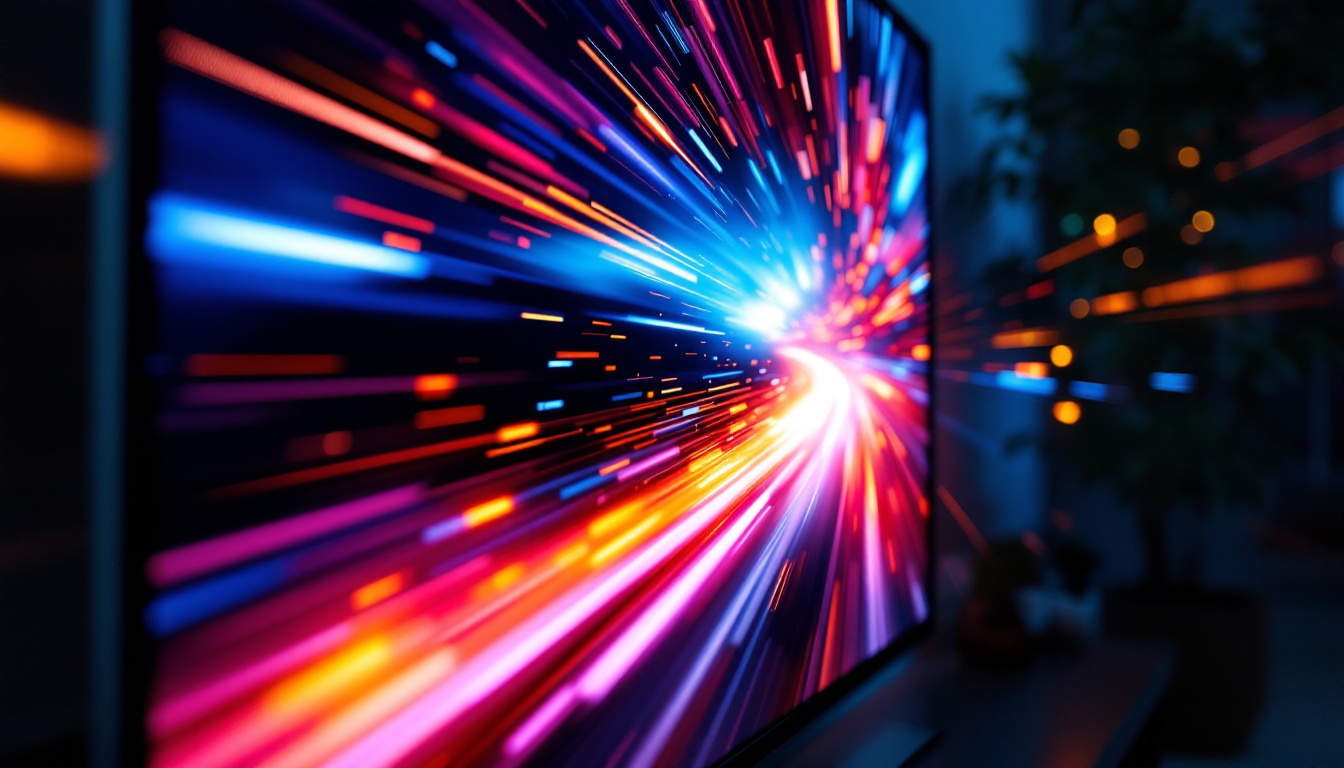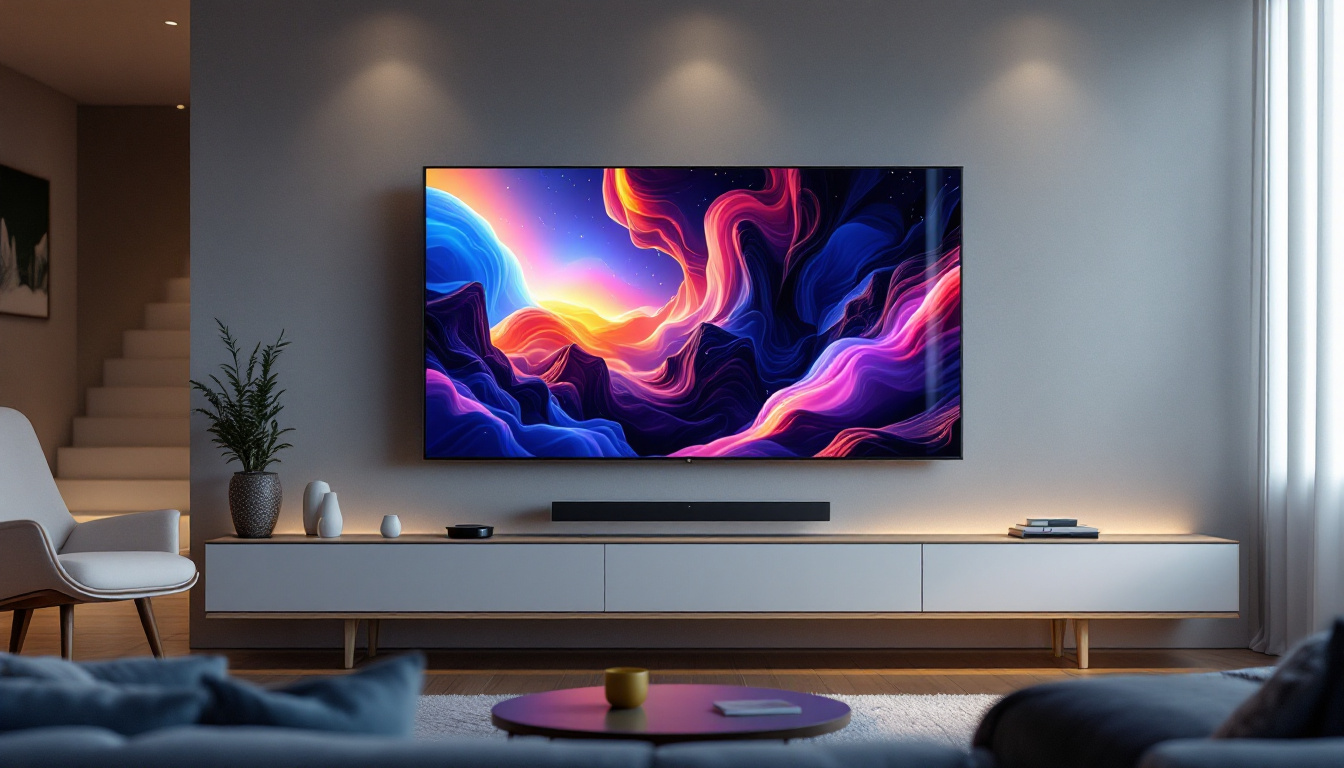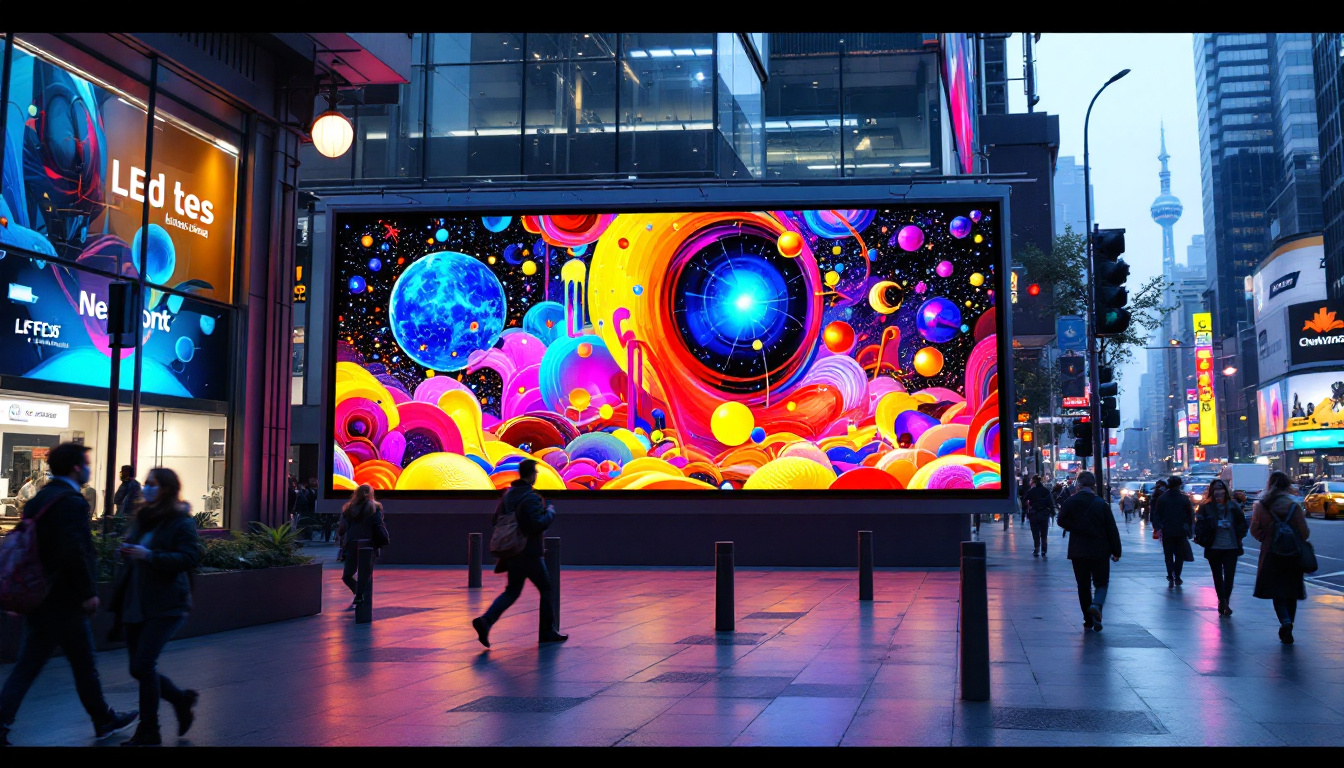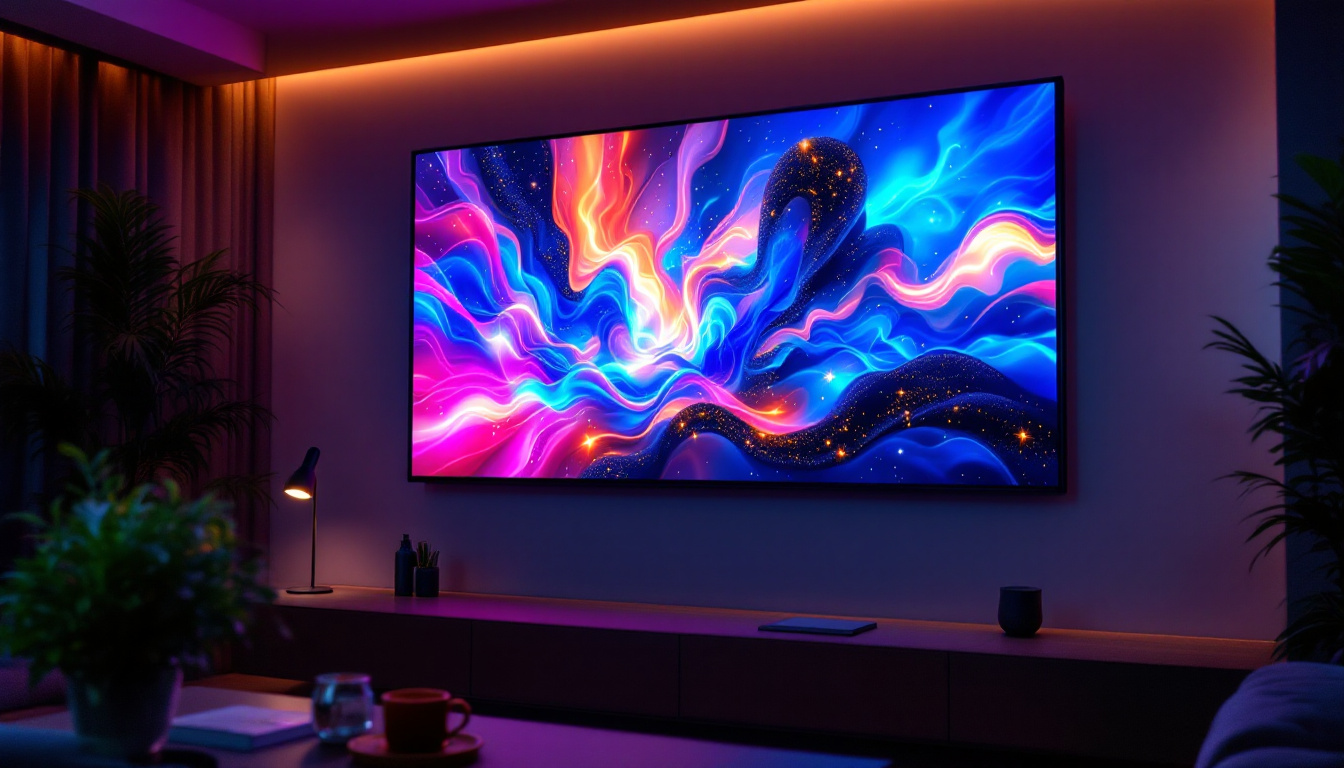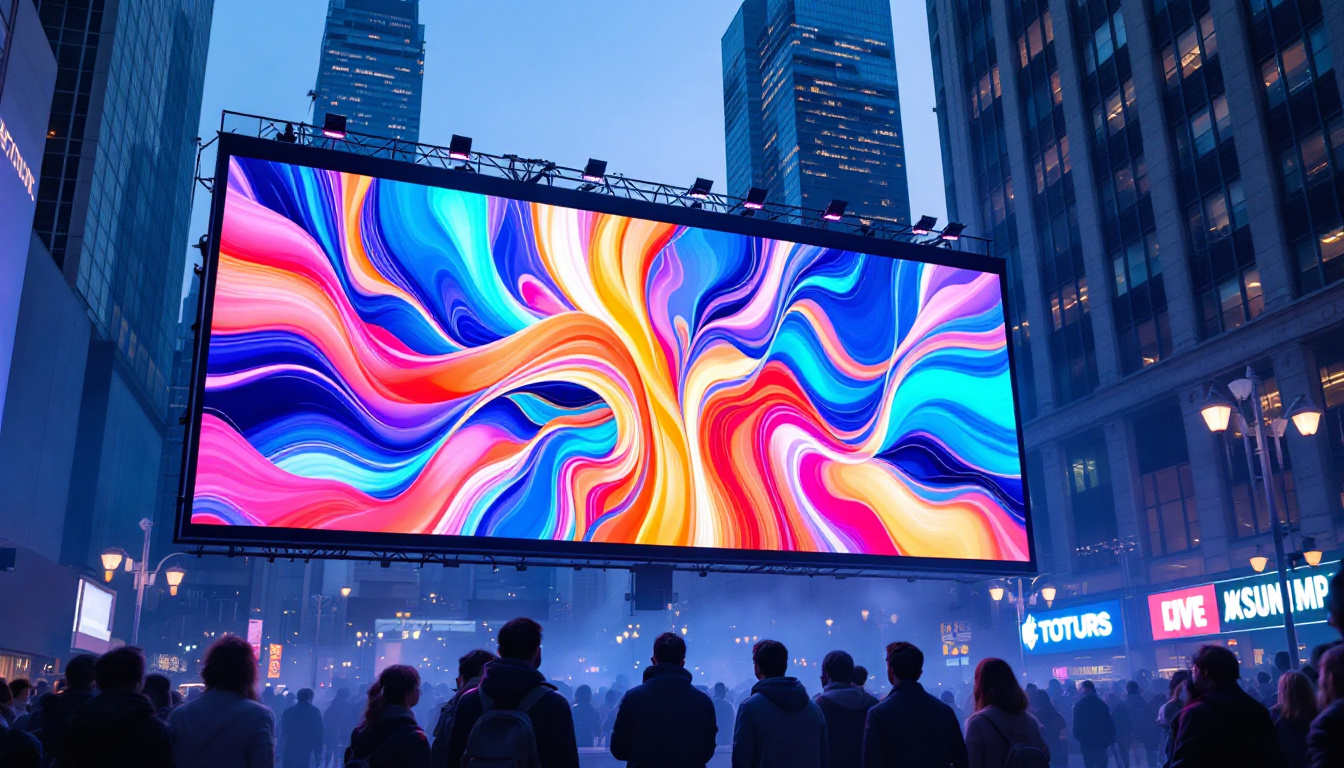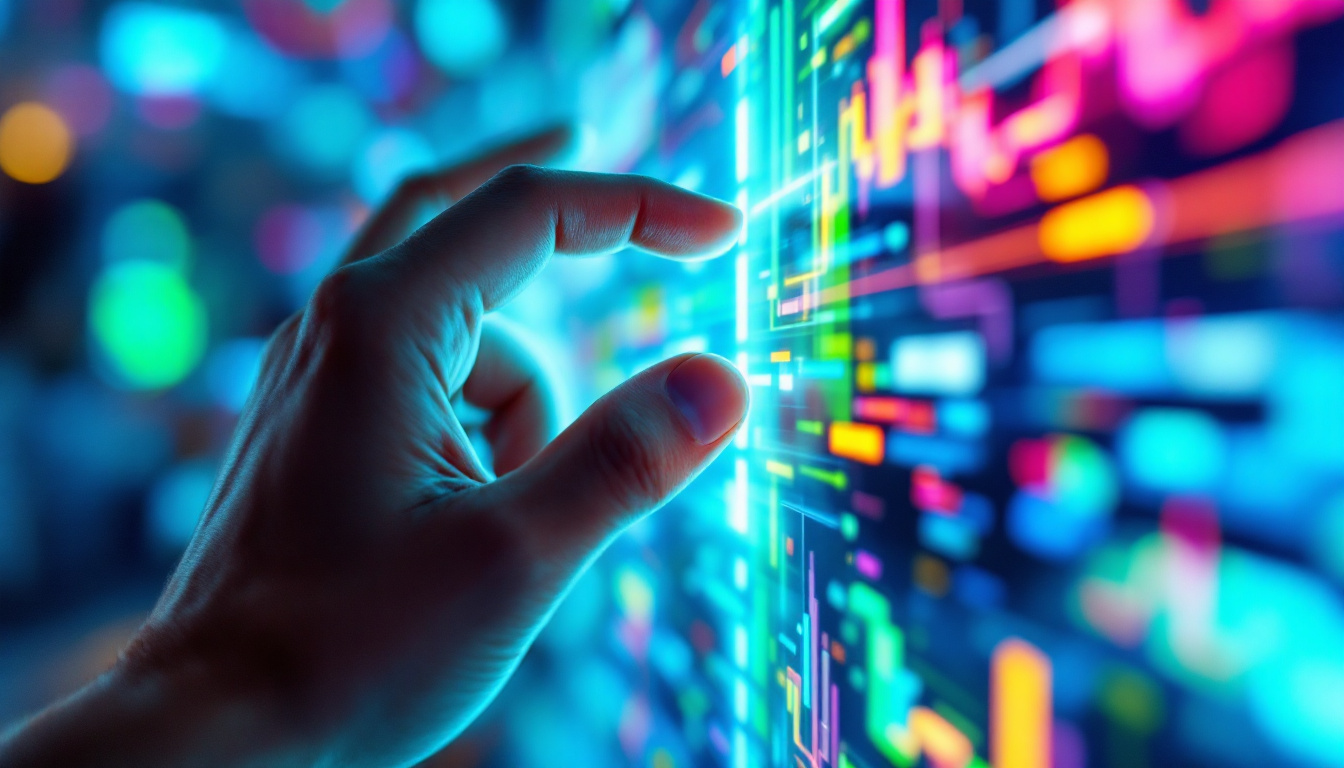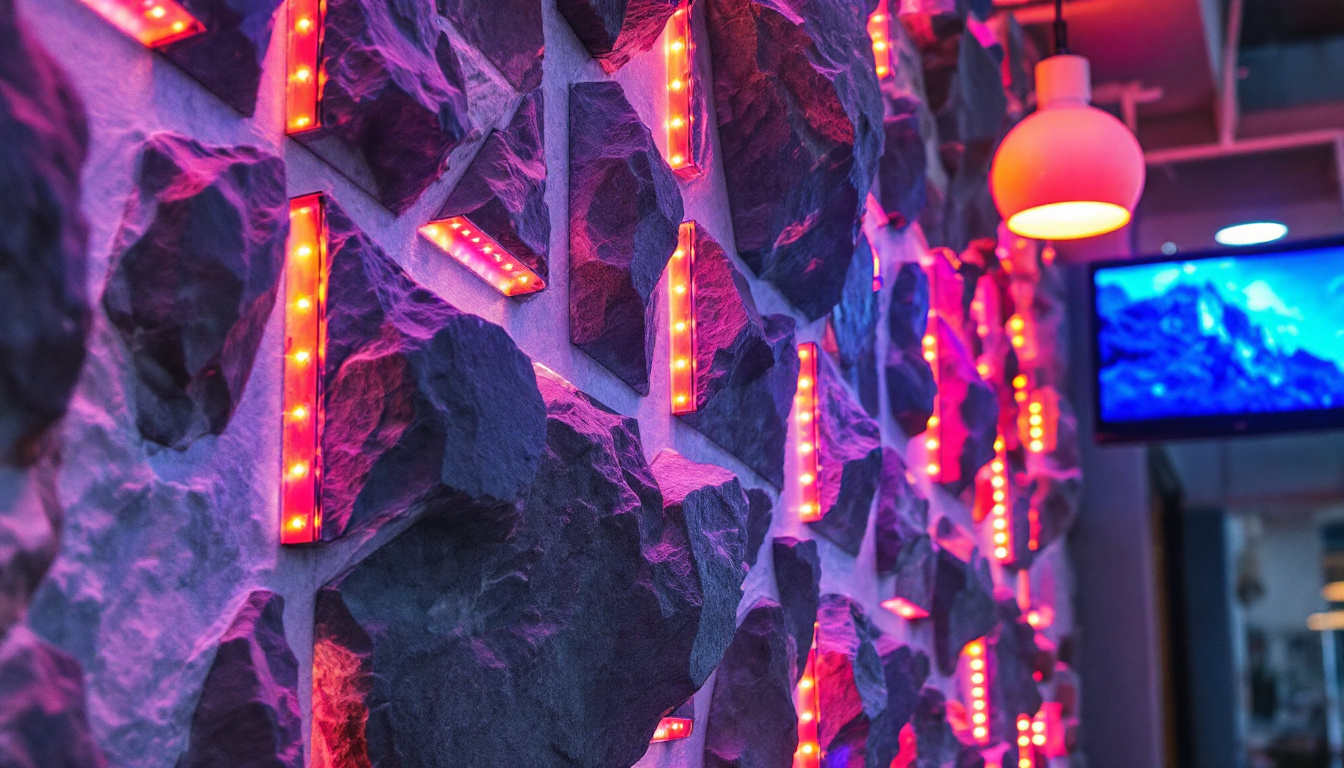In the realm of modern technology, LED video panels have emerged as a transformative medium for visual communication. These panels are not just a tool for advertising; they serve as dynamic platforms for storytelling, branding, and engaging audiences in various environments. From large-scale outdoor displays to intimate indoor settings, LED video panels have revolutionized how information is conveyed and experienced.
Understanding LED Technology
At the heart of LED video panels lies Light Emitting Diode (LED) technology. This technology utilizes semiconductor materials to emit light when an electric current passes through them. The result is a highly efficient, bright, and vibrant display that can be seen clearly in various lighting conditions. LEDs are not only energy-efficient but also environmentally friendly, as they contain no harmful substances like mercury, which is often found in traditional lighting solutions. This makes them a sustainable choice for modern display needs.
The Basics of LED Panels
LED panels are composed of numerous individual LED modules, which are arranged in a grid format. Each module contains multiple LEDs that work together to produce images and videos. The arrangement and density of these LEDs determine the resolution and clarity of the display. Higher pixel density results in sharper images, making it essential for applications where detail is crucial. Additionally, advancements in technology have led to the development of fine-pitch LED panels, which boast an even tighter pixel configuration, allowing for stunning visuals even at close viewing distances. This is particularly beneficial in settings such as control rooms or high-end retail environments, where customers expect nothing less than perfection.
Types of LED Displays
LED displays can be categorized into several types based on their application and design. The most common types include:
- Outdoor LED Displays: Designed to withstand harsh weather conditions, these displays are typically used for billboards, sports arenas, and concerts. They are built with robust materials that resist UV rays, rain, and extreme temperatures, ensuring longevity and reliability.
- Indoor LED Displays: These are used in venues like shopping malls, airports, and conference centers, where high-resolution visuals are essential. Indoor displays often feature higher pixel densities, allowing for vibrant colors and crisp images that enhance the viewer’s experience.
- Transparent LED Displays: These innovative panels allow light to pass through, making them ideal for storefronts and creative installations. They create a unique visual effect that can attract attention while still allowing visibility into the space behind the display, merging digital content with the physical environment.
Advantages of LED Technology
The advantages of LED technology extend beyond mere brightness. LED displays are energy-efficient, have a longer lifespan compared to traditional display technologies, and offer superior color accuracy. This makes them an attractive choice for businesses looking to maximize their return on investment. Furthermore, LED displays are known for their quick response times and high refresh rates, which are essential for dynamic content like videos and animations. This capability allows for smooth transitions and reduces motion blur, providing a more engaging viewing experience. Additionally, with the integration of smart technology, many LED displays now come equipped with features such as remote monitoring and content management systems, enabling users to easily update and control their displays from anywhere in the world.
Applications of LED Video Panels
LED video panels are versatile and can be utilized in a myriad of applications. Their adaptability allows them to cater to various industries, enhancing visual communication in unique ways.
Advertising and Marketing
One of the most prominent uses of LED video panels is in advertising. Brands leverage these displays to capture the attention of potential customers with vibrant visuals and dynamic content. Whether it’s a massive billboard in Times Square or a digital sign outside a retail store, LED panels provide an impactful way to convey messages.
Events and Entertainment
In the entertainment industry, LED video panels play a crucial role in enhancing the audience experience. Concerts, festivals, and live events utilize large LED screens to display performances, animations, and real-time content. This not only engages the audience but also creates an immersive environment that elevates the overall experience.
Corporate and Educational Use
Corporate settings and educational institutions are increasingly adopting LED video panels for presentations, training sessions, and informational displays. The clarity and brightness of these panels ensure that content is easily visible from various angles, making them ideal for large gatherings.
Choosing the Right LED Video Panel
Selecting the right LED video panel involves considering several factors that align with the intended use. Understanding these elements can significantly impact the effectiveness of the display.
Resolution and Pixel Pitch
Resolution is a critical factor in determining the quality of the visual output. The pixel pitch, which refers to the distance between the centers of two adjacent pixels, directly influences the resolution. A smaller pixel pitch results in higher resolution, making it suitable for close viewing distances. Conversely, larger pixel pitches are more appropriate for distant viewing, such as outdoor billboards.
Brightness and Viewing Angle
Brightness is another vital consideration, particularly for outdoor displays that must compete with sunlight. Measured in nits, a higher brightness rating ensures visibility in various lighting conditions. Additionally, the viewing angle is essential for maximizing audience reach; a wider viewing angle allows more people to see the content clearly from different positions.
Durability and Maintenance
Durability is paramount, especially for outdoor LED panels exposed to the elements. Look for displays with weather-resistant features and robust construction. Furthermore, consider the maintenance requirements; some LED panels offer modular designs that simplify repairs and reduce downtime.
Installation and Setup
The installation of LED video panels requires careful planning and execution to ensure optimal performance. Factors such as location, mounting options, and power supply must be meticulously considered.
Site Assessment
Before installation, a thorough site assessment is essential. This involves evaluating the location’s visibility, potential obstructions, and environmental factors. Understanding the site conditions will help determine the best type of LED panel and its optimal placement.
Mounting Options
LED video panels can be mounted in various ways, including wall-mounted, free-standing, or suspended from ceilings. The choice of mounting depends on the intended use and available space. Each option has its advantages and challenges, making it crucial to choose the most suitable method for the specific application.
Power and Connectivity
Power supply requirements and connectivity options must also be addressed during installation. Ensuring that the LED panel has access to a reliable power source is vital for uninterrupted operation. Additionally, connectivity for content management systems should be established to facilitate easy updates and control of the display.
Content Creation for LED Displays
Creating engaging content for LED video panels is an art form that combines creativity with technical knowledge. The effectiveness of a display largely depends on the quality and relevance of the content presented.
Design Considerations
When designing content for LED displays, it’s important to consider factors such as color contrast, font size, and animation speed. High contrast between text and background enhances readability, while larger fonts ensure visibility from a distance. Animation should be used judiciously; too much movement can distract rather than engage.
Content Management Systems
Utilizing a robust content management system (CMS) allows for seamless updates and scheduling of content. Many LED video panels come equipped with their own CMS, enabling users to upload, edit, and manage content easily. This flexibility is crucial for businesses that need to change their messaging frequently.
Engaging the Audience
Interactive content can significantly enhance audience engagement. Incorporating elements such as live social media feeds, polls, and user-generated content can create a two-way interaction that captivates viewers. This approach not only keeps the audience interested but also fosters a sense of community.
Future Trends in LED Video Technology
The landscape of LED video technology is continuously evolving, driven by advancements in innovation and design. Keeping an eye on emerging trends can provide insights into the future of visual communication.
Integration with Smart Technology
As smart technology becomes more prevalent, the integration of LED video panels with IoT devices is on the rise. This allows for real-time data display, automated content updates, and enhanced interactivity. For instance, LED panels can display information based on audience demographics or environmental conditions, creating a more personalized experience.
Improved Energy Efficiency
Energy efficiency remains a focal point in the development of LED technology. Manufacturers are continually seeking ways to reduce power consumption while maintaining high brightness levels. Innovations such as advanced dimming techniques and energy-efficient components are paving the way for more sustainable displays.
Enhanced Resolution and Flexibility
The demand for higher resolution displays is driving advancements in pixel technology. Future LED panels are expected to feature even smaller pixel pitches, resulting in ultra-high-definition visuals. Additionally, flexible LED panels are gaining traction, allowing for creative installations that can adapt to various shapes and surfaces.
Conclusion
LED video panels are more than just a technological advancement; they represent a shift in how information is communicated and experienced. Their versatility, efficiency, and ability to engage audiences make them an invaluable asset across various industries. As technology continues to evolve, the potential for LED displays will only expand, paving the way for even more innovative applications in the future.
Understanding the intricacies of LED technology, its applications, and the factors involved in selecting and maintaining these displays is essential for anyone looking to harness their power. As businesses and organizations embrace this dynamic medium, the possibilities for creativity and engagement are boundless.
Discover LumenMatrix LED Display Solutions
Ready to elevate your visual communication and captivate your audience with unparalleled clarity and impact? Explore LumenMatrix’s comprehensive range of LED display solutions, where innovation meets practicality. From vibrant Indoor LED Walls to robust Outdoor Displays, and from sleek LED Posters to immersive LED Sports and Floor Displays, LumenMatrix is at the forefront of transforming environments with mesmerizing digital experiences. Embrace the future of display technology and check out LumenMatrix LED Display Solutions today to start your journey towards revolutionary visual storytelling.

